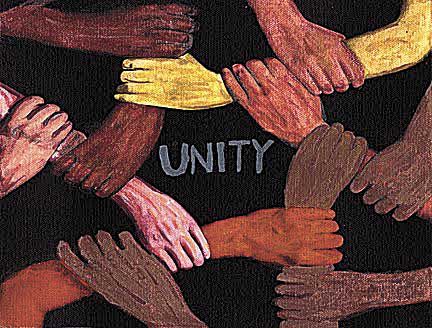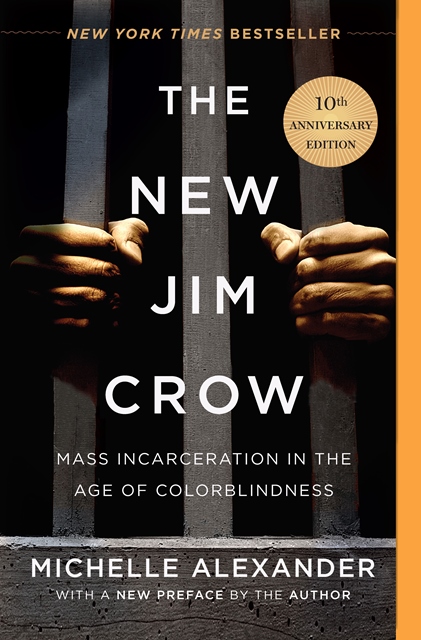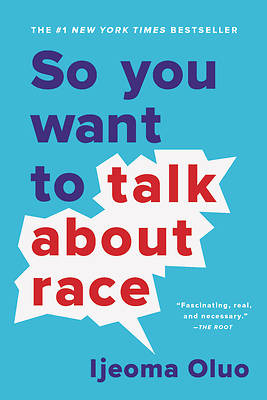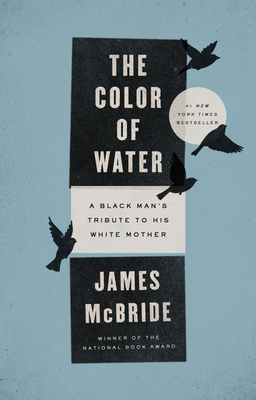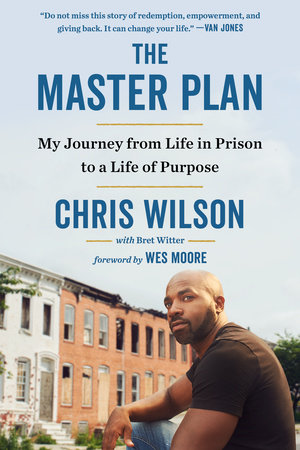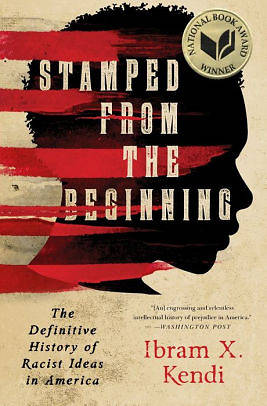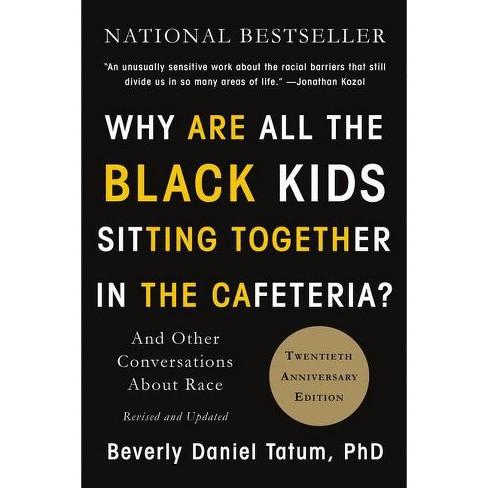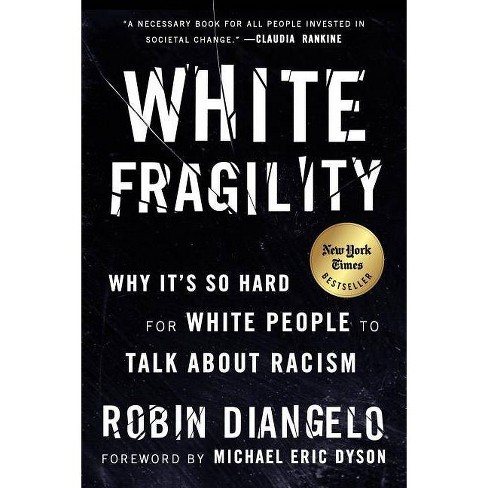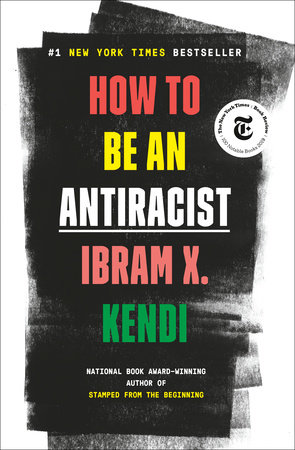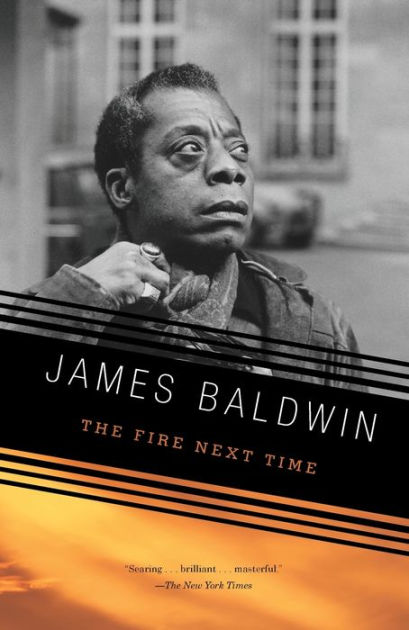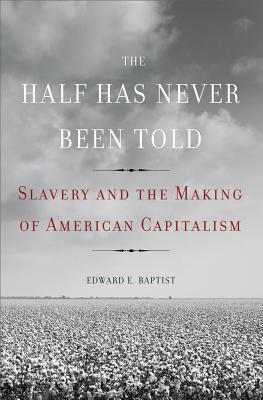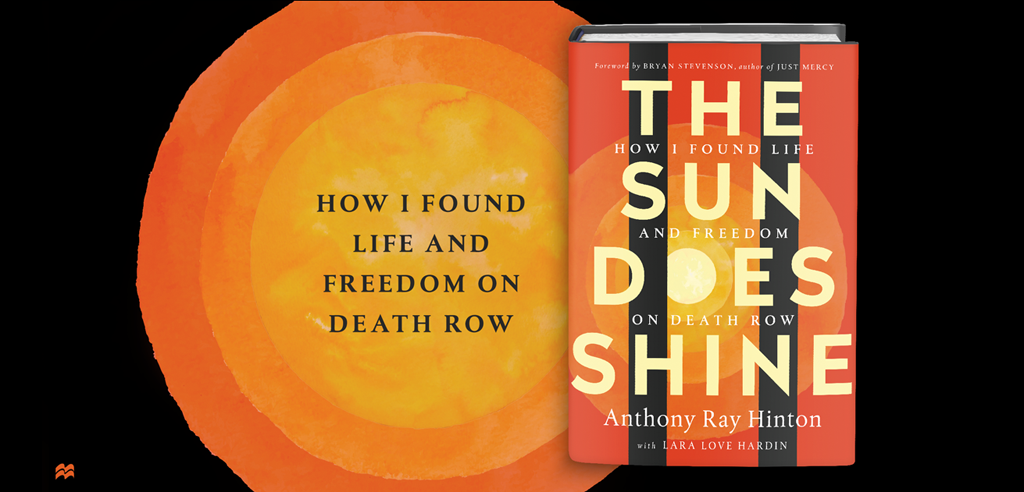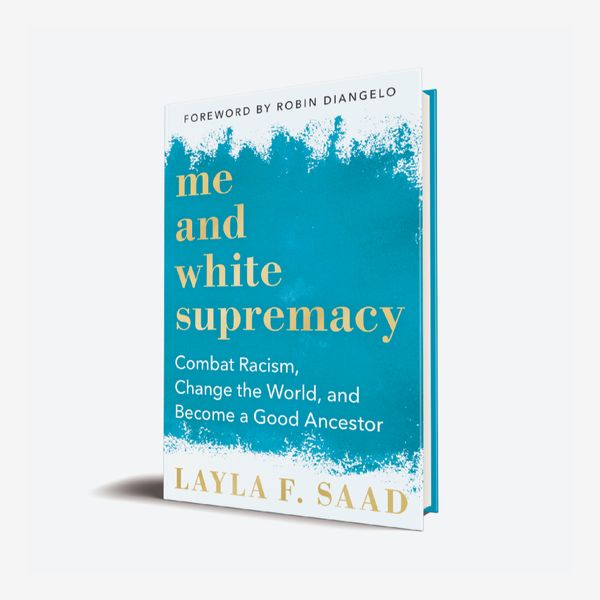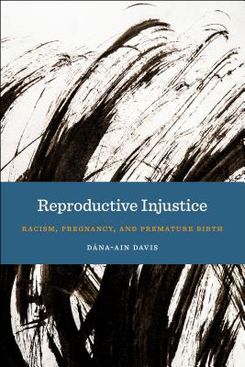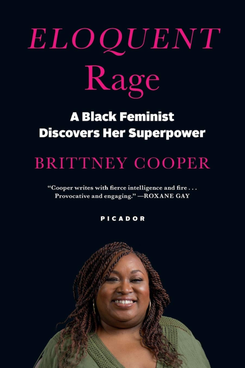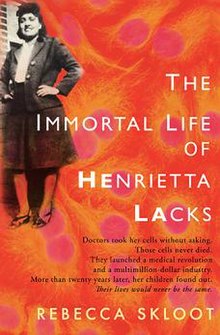Rockis Videos
Video hosted by Toni Rockis
President & CEO of Granted Inc. and Grantmamas, Inc.
Hosted Monday, January 25th
of 2016
Foundation
Proposals:
Community— smaller, found in own
area
Independent and Family— “quite a bit
of money goes into family foundations”
Corporate—largest sector
Eight “Typical”
Sections of a Foundation Proposal
1. Executive Summary
The executive summary is the most
important section of your proposal and should be the last proposal section you
write. You should tie in your title to your last sentence! Always ask people to
read your proposal!
Executive summaries should include the
following information:
1.
Who you are
2.
The name of your school
3.
What you want to do
4.
How you want to do it
5.
How you will evaluate how well
you’ve done
6.
The impact you’ll have on your
target audience
7.
The amount of money needed
2. Description of the School
The
purpose is to introduce your school/district to the foundation, establish the
ability to reach said goal/objective/activity, and align your schools’ mission
and services to the foundation’s mission and interests.
One should also think about
providing proof of your school’s 501©3 nonprofit status or your National Center
for Education Statistics. Private/charter schools may need to provide your
Employer Identification Number. A list of school board members and contact
information are also good items to add.
Add in the numbers! Number of
students in your district, your school, the grade level you teach, the number
of students in your classroom, and the number of students eligible for free or
reduced lunch.
Seven “typical” items included in a
school description:
1.
The school’s mission statement/vision statement
2.
An interesting statement(s) about your
school’s history (only if available/applicable)
3.
School and/or district demographics
and the audience you’ll be serving
4.
Information and expertise on your
school staff to complete the proposed project
5.
Similar/relevant programs your
school has undertaken
6.
Any volunteers you may be using and
their areas of expertise
7.
The structure of your school board
such as the size and membership.
3. Need for the Project
The
need statement explains the problem
you’re identifying in your proposal, supports the need for your proposed
project, and identifies your proposed solution to fix this problem.
Four “typical” items include:
1.
A short description of the school’s
problem/need that your proposal addresses and potentially when the problem/need
is the greatest (morning, afternoon, after school, week days, weekends, etc.)
2.
A brief description of your target
audience such as- number of students, the grade levels you will reach, the
demographics (ethnicity, money, etc.)
3.
A brief description of the
geographical area your project will serve such as your school’s immediate area,
all the schools in your district, school-aged children in your community,
schools surrounding your district
4.
A brief description of how your
project will address the problem and improve the situation for your students/target audience
When there is a problem, find a
need, then it will lead you to a solution!
4. Description of the Project
The
description of the project/project
management plan/timeline are often called the “meat”/”heart” of the
proposal. The need statement mentions the problem, while the description refers
to the workable solution.
Description of the project must:
1.
Match the funder’s priorities by explaining
what you intend to do while clearly addressing the funder’s priorities
2.
Show how the project will solve the
problem or need you’ve already identified in the need statement
3.
Should be Clear, Concise, and
Compelling (three c’s) and consistent with the other parts of your proposal (a
fourth c)
4.
Discuss recruitment procedure for
recruiting target audience members--media outreach, professional referrals,
payment of stipends, etc.
5.
Include project goals and objectives
6.
Address personnel needed to complete
the project
7.
Discuss sustainability of the
project beyond the grant funding
8.
How you will use a press
release/press conference/other “press” to your grant after it’s awarded
“You want readers to visualize how
your project will be implemented. You must establish your school’s credibility
and convince the funder your school knows how to successfully run the project.”
Goal: broad statement; conceptual and abstract; difficult to
measure.
Example Given: Children will learn
to read better. (One cannot measure how a child reads “better”. What is a
“child” and/or the age group? This is too broad and has unattainable meeting
standards.)
Objectives:
S: specific, M: measurable, A: achievable
(I have always learned attainable, but this seems to hit closer to home when
writing a grant!), R: relevant (I
have always learned attainable, but this seems to hit closer to home when
writing a grant!), and T: time-bound.
Six Steps for Writing Measurable
Performance Objectives:
1.
Decide the change you want to occur.
a.
Example Given: Increase the reading
scores of 5th grade students at White Oak Elementary School.
2.
Decide how you will measure the
change.
a.
Example Given: Increase the reading
scores of at least 65% of the 5th grade students at White Oak Elementary School.
3.
Decide how much change you need for
the activity to be successful.
a.
Example Given: Increase the reading
scores of at least 65% of the 5th grade students at White Oak Elementary School
by 1.2 grade levels on the Wide Range Achievement Test.
4.
Decide how quickly you can expect
results.
a.
Example Given: Increase the reading
scores of at least 65% of the 5th grade students at White Oak Elementary School
by 1.2 grade levels on the Wide Range Achievement Test within one academic
year.
5.
Determine how much it will cost.
a.
Example Given: Increase the reading
scores of at least 65% of the 5th grade students at White Oak Elementary School
by 1.2 grade levels on the Wide Range Achievement Test within one academic year
at a cost of $8,000.00.
6.
Write the objective.
a.
Example Given: Increase the
reading scores of at least 65% of the 5th grade students at White Oak
Elementary School by 1.2 grade levels on the Wide Range Achievement Test within
one academic year at a total cost of $8,000.00.
ALWAYS use the same wording/verbatim
for your objectives. Remain consistent and repeat when needed!
Frequently Used Objectives:
1.
Behavioral:
a human action is desired
2.
Performance:
a behavior occurs within a specific timeframe under a certain proficiency level
3.
Process: the way
something occurs/the “end” in itself
4.
Product: a tangible
item is developed
Personnel Needed:
1. Staff
recruitment plan and quick hiring of grant-funded staff including the job
descriptions for all key project personnel
2. Previous
grants the school has won and implemented efficiently and effectively including
the experience, qualifications, and awards/honors received by proposed project
staff
3. Awards
or honors your school or board members have received
4. Recognition
your school has received from the target audience
5. Relationships
with past and proposed partners
6. Brief
description of board members’ experience and support of proposed project
Project
Sustainability: the ability of the project to sustain
itself after the initial funding is gone.
Basically,
how the project will continue to excel in your school!
Ways to Show Project Sustainability:
1. Similar
grant makers funding similar programs in your school
2. Tax
levy budget to cover program once seed
money is gone
3. Resource
guides live on beyond the life of the grant
4. Train-the-trainer
models have a life beyond the initial grant period
5. Fundraising,
especially with community partners, to keep a project going after funding is
gone
6. Dues,
fees, in-kind donations or “pay what you can” can keep a program going
7. Government
funding streams, local or state, to take over a program once it becomes
successful
5. Project Management Plan and
Timeline
The
project management plan is the “blueprint”. You should design this to be
visually appealing in some sort of table, chart, or other visual. It is
easier/faster to read tables than large chunks of wording (I think of
PowerPoint slides and how often people write too much!) Visuals also show
organization and understanding of the scope.
Included in the Proposal:
1. Goal(s)
and objectives
2. Specific
project activities that lead to meeting your goal(s) and objectives
3. Date
you will initiate and complete each project activity
4. Person(s)
responsible for accomplishing each activity
5. How
and when you will evaluate the progress of meeting each activity
Involvement in the Development of Activities:
1. Individuals
with program expertise
2. Individuals
with background information on the topic at hand
3. Individuals
who are committed to the target audience (the deeper the better!)
4. All
individuals will be involved in the day-to-day activities and be responsible
for the results
***Part III has 6. Evaluation of the Project, 7.
Project Budget and Budget Justification, and 8. Appendices









